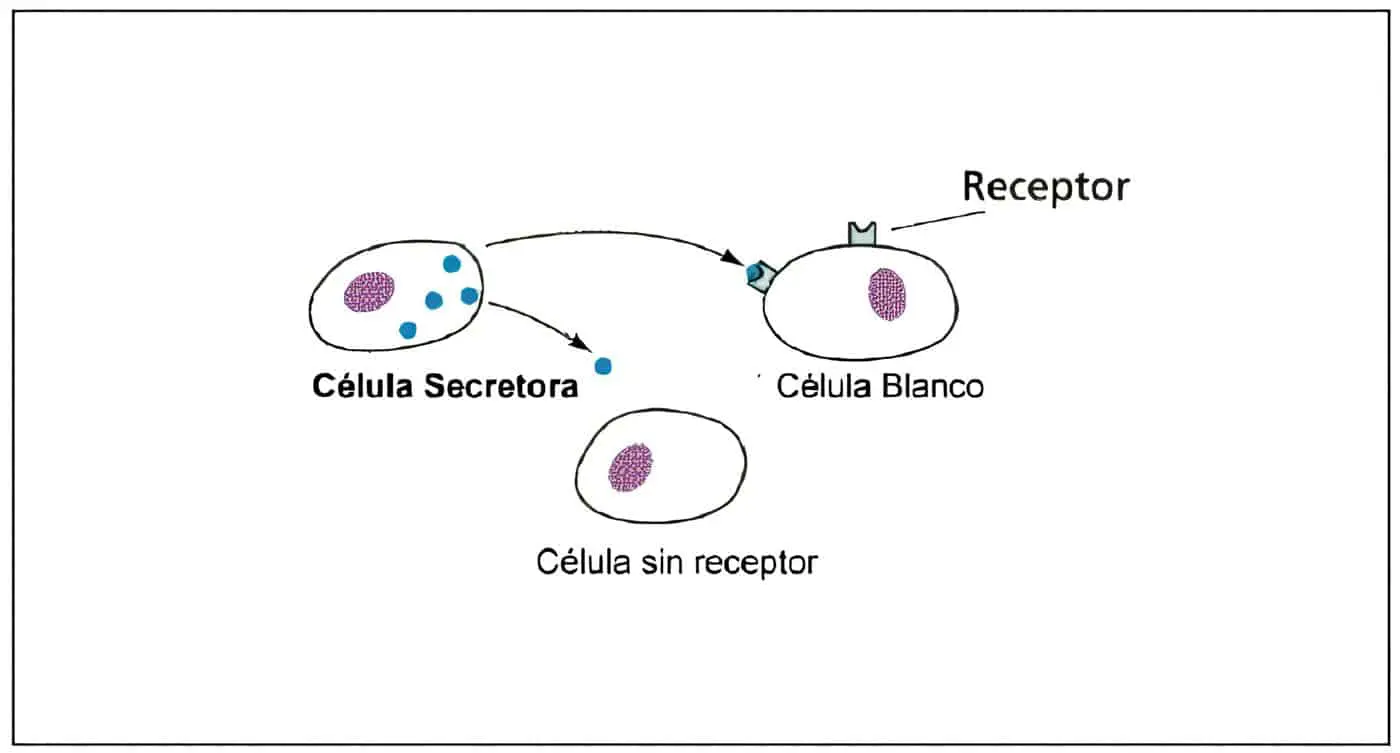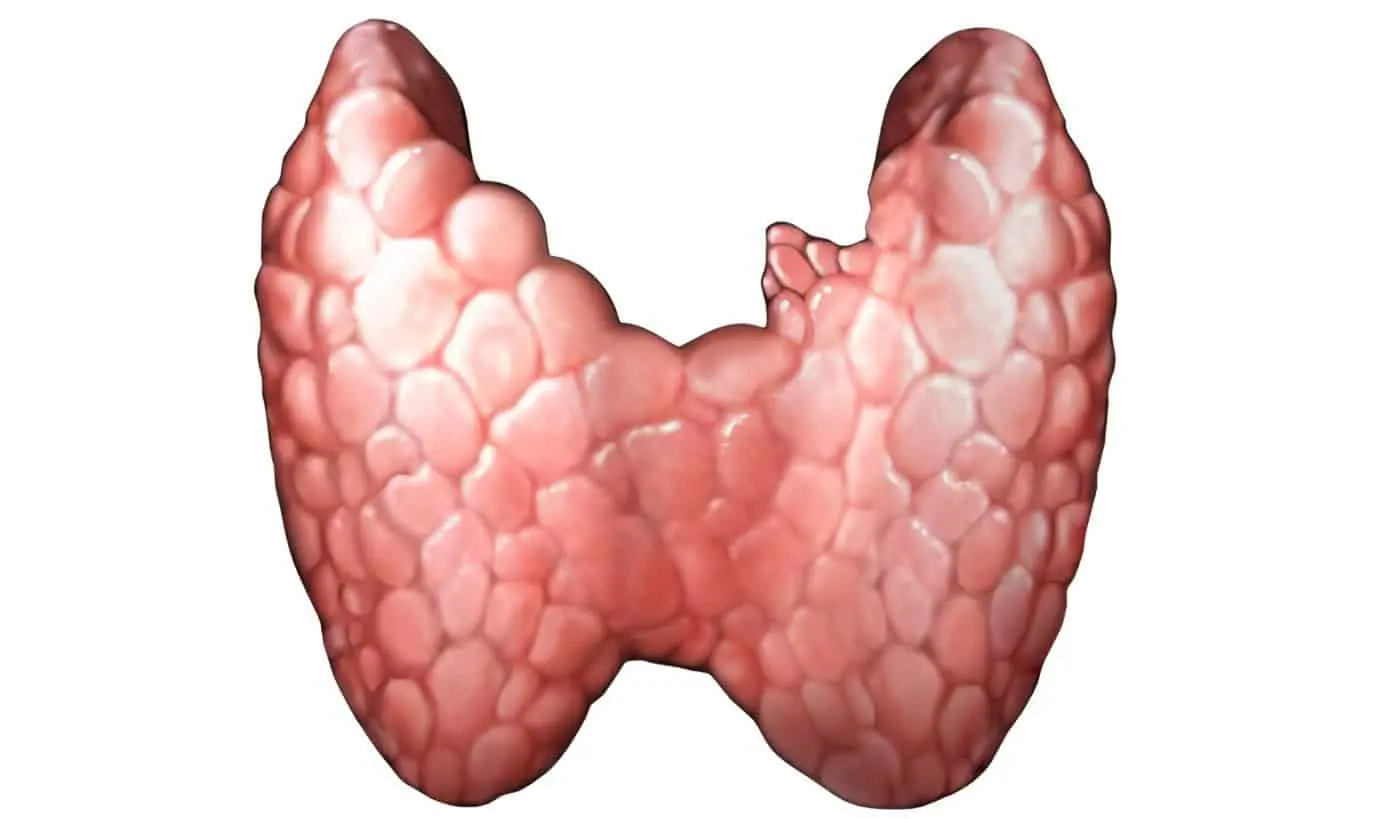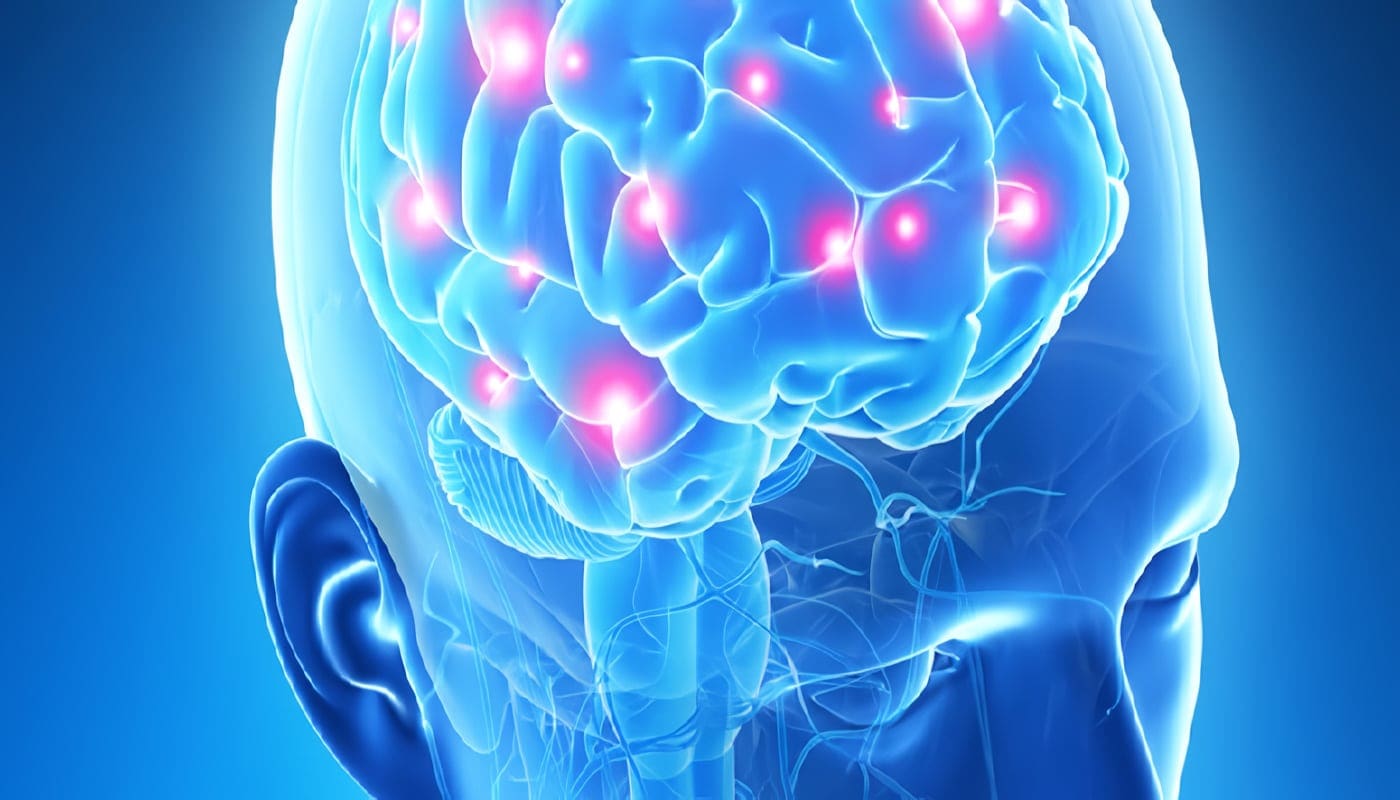Dr. Germán Barón Castañeda, M.D.
Mujeres con hiperprolactinemia
Aproximadamente el 80% de las mujeres con hiperprolactinemia pueden lograr el embarazo después de un tratamiento adecuado. Inicialmente existió la duda de la posibilidad y crecimiento de los adenomas hipofisiarios durante un embarazo, por lo cual se recomendaba la cirugía antes de buscar el embarazo.
En el caso de los macroadenomas la posibilidad de compresión es mayor, alrededor del 15%, por lo cual el seguimiento debe ser estrecho. El microprolactinoma tiene un riesgo de compresión supraselar muy bajo, menor al 2%, por lo cual el tratamiento con dopaminérgicos se debe suspender cuando se diagnostica el embarazo.
La compresión del tumor contra las paredes hipofisiarias favorece los fenómenos de infarto hemorrágico y necrosis secundaria, motivo por el cual una gran cantidad de pacientes con microprolactinomas presentan mejoría después del parto. Si la mujer lo desea, puede llevar a cabo su lactancia en forma normal.
Cuando hay crecimiento del adenoma, generalmente la cefalea precede a la aparición de los trastornos visuales; no hay una característica clásica de esta cefalea, mientras que la alteración visual generalmente es una hemianopsia bitemporal.
(Lea También: Alteraciones Tiroideas y Reproducción)
El seguimiento durante el embarazo inicialmente consistía en realizar mensualmente niveles séricos de prolactina y campimetría visual, lo cual no ha demostrado utilidad.
El seguimiento debe ser clínico buscando la aparición de síntomas. La evidencia de crecimiento del tumor con aparición de sintomatología, regresa en forma rápida cuando se inicia manejo con bromocriptina. La terminación del embarazo o la cirugía se indican solo en escasas oportunidades.
Aunque el tratamiento con bromocriptina disminuye los niveles de prolactina tanto en la madre como en el feto, no hay efectos adversos sobre el embarazo o el recién nacido.
La prolactina del líquido amniótico es derivada del tejido decidual y su secreción es totalmente independiente de la dopamina, por lo cual no se altera con el manejo médico.
Referencias
- Ahmed M., Al-dossary E., Woodhouse NJY. Macroprolactinomas with suprasellar extension: effect of bromocriptine withdrawl during one or more pregnacies. Fertil Steril. 1992; 58:492.
- Battin DA., Marrs RP., Fleiss PM., et al. Effect of sucking on serum prolactin, luteinizing hormone, follicle-stimulating hormone, and estradiol during prolonged lactation. Obstet Gynecol. 1985; 65:785.
- Beckers A., Petrossians P., Abs R., et al. Treatment of macroprolactinomas with the long-acting and repeatable form of bromocriptine: a report on 29 cases. J Clin Endocrinol Metab. 1992; 75:275.
- Ben-Jonathan N. Dopamine: a rpolactin-inhibiting hormone. Endocrin Rev. 1985; 6:564.
- Bevan JS., Webster J., Burke CW., et al. Dopamine agonists and pituitary tumor shrinkage. Endocrin Rev. 1992; 13: 220.
- Biller BMK., Baum HBA., Rosentahl DI., et al. Progressive trabecular osteopenia in women with hyperprolactinemia and associated pituitary prolactinomas. J Clin Endocrinol Metab. 1992: 75:692.
- Blackwell RE. Hyperprolactinemia. Evaluation and management. Endocrinol Metab Clin North Am. 1992; 21:105.
- Blackwell RE. Diagnosis and management of prolactinomas. Fertil Steril. 1985; 43:5.
- Blackwell RE., Younger BJ. Long-term medical therapy and follow up of pediatric-adolescent patients with prolactin-secreting macroadenomas. Fertil Steril 1986; 45:713.
- Brue T., Lancranjan I., Loovet JP., et al. A long-acting repeatable form of bromocriptine at long-term treatment of prolactin-secreting macroadenomas: a multicenter study. Fertil Steril 1992; 57:74.
- Calaf J. Hiperprolactinemias. En Vanrell JA., Calaf J., Balasch J., Viscasillas P. Fertilidad y esterilidad humanas. Salvat (1a). 1992: 133-147.
- Calaf J., Cabero A., Webb S., et al. Tratamiento del prolactinoma. Endocrinología. 1985: 32:73.
- Calaf J., Massanas J., De Sostos M., et al. Hiperprolactinemia y ovulación. Clin Invest Ginecol Obstet. 1976; 3:151.
- Chang RJ. Anovultation of CNS origin. En Carr BR., Blackwell RE. Textbook of reproductive medicine. Appleton & Lange (1a). 1993; 271-277.
- Chang RJ. Hyperprolactinemia and menstrual dysfunction. Clin Obstet Gynecol. 1983; 26:736.
- Ciccarelli E., Miola C., Grottoli S. Long-term therapy of patients with macroprolactinomas using repeatable injectable bromocriptine. J Clin Endocrinol Metab. 1993; 76:484.
- Cook CB., Nippoldt TB., Kletter GB., et al. Naloxone increases the frequency of pulsatile luteinizing hormone secretion in women with hyperprolactinemia. J Cin Endocrinol Metab. 1991; 73:1099.
- Corenblum B., Donovan L. The safety of physiological estrogen plus progestin replacement therapy and oral contraceptive therapy in women with pathological hyperprolactinemia. Fertil Steril. 1993; 59:671.
- Crosignani PG., Mattei AM., Scardnelli C., et al. Is pregnancy the best treatment for hyperprolactinemia? Hum Reprod. 1989; 4:910.
- Daly DC., Kuslis S., Riddick DH. Evidence of short loop inhibition of decidual prolactin synthesis by decidual proteins. Am J Obstet Gynecol. 1986; 155:358.
- De Greef WJ., Voogt JL., Visser TJ., et al. Control of prolactin release induced by suckling. Endocrinology. 1987; 121: 316.
- Espinos JJ., Rodríguez-Espinosa J., Webb SM., et al. Long-acting repeatable bromocriptine in the treatment of patiens with microprolactinoma intolerant or resistant to oral dopaminergics. Fertil Steril. 1994; 62:926.
- Faglia G., Nocieondo P., Travaglini P., et al. Influence of previous bromocriptine therapy on surgery for microprolactinomas. Lancet. 1983; 1:133.
- Ginsburg J., Hardiman P., Thomas M. Vaginal bromocriptine – clinical and biochemical effects. Gynecol Endocrinol. 1992; 6: 119.
- Glaser B., Nesher Y., Barziliae S. Long-term treatment of bromocriptine-intolerant prolactinoma patients with CV 205-502. J Reprod Med. 1994; 39:449.
- Going JJ., Anderson TJ., Battersby S., et al. Proliferative and secretory activity in human breasts during natural and artificial menstrual cycles. Am J Path. 1988; 130:193.
- Haro LS., Lee DW., Singh RNP., et al. Glycosilated human prolactin: alterations in glicosylation pattern modify affinity for lactogen receptor and release in prolactin radioimmunoasay. J Clin Endocrinol Metab. 1990; 71:397.
- Hattori N., Ishihara E., Ikekubo K., et al. Autoantibody to human prolactin in patients with idiopathic hyperprolactinemia. J Clin Endocrinol Metab. 1992; 75:1226.
- Herman V., Fagin J., Gonsky R., et al. Clonal origin of pituitary adenomas. J Clin Endocrinol Metab. 1990; 71:1427.
- Hwang PLH., Ng CSA., Cheong ST. Effect of oral contraceptives on oral prolactine: a longitudinal study in 126 normal premenopausal women. Clin Endocrinol. 1986; 24:127.
- Ishizuka B., Quigley ME., Yen SSC. Postpartum hypogonadotropism: evidence for increase opioid inhibition. Clin Endocrinol. 1984; 20:573.
- Jackson RD., Wortsman J., Malarkey WB. Characterization of a large molecular weight prolactin in women with idiopathic hyperprolactinemia and normal menses. J Clin Endocrinol metab. 1985; 61:258.
- Jackson RD., Wortsman J., Malarkey WB. Macroprolactinemia presenting like a pituitary tumor. Am J Med. 1985; 78: 346.
- Jaspers C., Benker G., Reinwein D. Treatment of prolactinoma patients with the new non-ergot dopamine agonist roxindol: first results. Clin Investig. 1994; 72:451.
- Katz E., Weiss BE., Hassell A., et al. Increased circulating levels of bromocriptine after vaginal compared with oral administration. Fertil Steril. 1991; 55:882.
- Kelly DA., Kjiame J., Postel-Vinay MG., et al. The prolactin-growth hormone receptor family. Endocrin Rev. 1991; 12: 235.
- Kletzky OA., Vermesh M. Effectiveness of vaginal bromocriptine in treating women with hyperprolactinemia. Fertil Steril. 1989; 51:269.
- Klibanski A., Greenspan SL. Increase in bone mass after treatment of hyperprolactinemic amenorrhea. New Engl J Med. 1986; 315:542.
- Klibanski A., Zervas NT. Diagnosis and management of hormone-secreting pituitary adenomas. New Engl J Med. 1991; 324:822.
- Knigge U., Sleimann I., Matzen S., et al. Histaminergic regulation of prolactin secretion: involvment of serotoniergic neurons. Neuroendocrinology. 1988; 48:527.
- Kooy A., De Grees WJ., Vreeburg JTM., et al. Evidence for the involvemente of coticotropin-releasing factor in the inhibition of gonadotropin release induced by hyperprolactinemia. Neuroendocrinology. 1990; 51:261.
- Kremer JAM., Thomas CMG., Roland R., et al. Return of gonadotropic function in postpartum women during bromocriptine treatment. Fertil Steril. 1989; 51:622.
- Kupersmith MJ., Rosemberg C., Klemberg D. Visual loss in pregnant women with pituitary adenomas. Ann Intern Med. 1994; 121:473.
- Lamberts SWJ., Quik RFT. A comparison of the efficacy and safety of pergolide and bromocriptine in the treatment of hyperprolactinemia. J Clin Endocrinol metab. 1991; 72:635.
- Lapphon RE., van de Wiel HBM., Brownell J. The effect of two dopaminergic drugs on menstrual function and psychological state in hyperprolactinemia. Fertil Steril. 1992; 58:321.
- Larrea S., Scorza A., Valero A., et al. Heterogeneity of serum prolactin throughout the menstrual cycle and pregnancy in hyperprolactinemic women with normal ovarian function. J Clin Endocrinol Metab. 1989; 68:982.
- Lengyel AM., Mussio W., Imamura P., et al. Long-acting injectable bromocriptine (Parlodel-LAR) in the chronic treatment of prolactin-secreting macroadenomas. Fertil Steril. 1993; 59:980.
- Liu JH., Lee DW., Markoff E. Differential release of prolactin variants in postpartun and early follicular phase women. J Clin Endocrinol Metab. 1990; 71:605.
- Markoff E., Sigel MB., Lacour N., et al. Glycosilation selectively alters the biological activity of prolactin. Endocrinology. 1988; 123: 1303.
- Markoff E., Lee DW. Glycosilated prolactin is a mayor circulating variant in human serum. J Clin Endocrinol Metab. 1987; 65: 1102.
- Markoff E., Lee DW., Hollingsworth DR. Glyscosilated and non-glycosilated prolactin in serum during pregnancy. J Clin Endocrinol Metab. 1988; 67:519.
- McNeilly AS., Robinson KA., Houston MJ., et al. Release of oxytocin and prolaction in response to suckling. Br Med J. 1983; 286:257.
- Merola B., Colao A., Caruso E., et al. Oral and injectable long-lasting bromocriptine preparations in hyperprolactinemia: comparison of the prolactin lowering activity, tolerability and safety. Ginecol Endocrinol. 1991; 5: 267.
- Merola B., Sarnacchiaro S., Colao A., et al. CV 205-502 in the treatment of tumoral and non-tumoral hyperprolactinemic states. Biomed Pharmacother. 1994; 48:167.
- Molitch ME. Pathologic hyperprolactinemia. Endocrinol Metab Clin North Am. 1992; 21:877.
- Molitch ME. Management of prolactinomas. Ann Rev Med. 1989; 40:225.
- Molitch ME. Pregnancy and the hyperprolactinemic woman. New Engl J Med. 1985; 312:1362.
- Molitch ME., Elton RL., Blackwell RE., et al. Bromocriptine as primary therapy for prolactin-secreting macroadenomas: results of a prospective multicentric study. J Clin Endocrinol Metab. 1985; 60:698.
- Munley WC. Urban RJ., Kitchin JD., et al. Dynamics of pulsatile prolactin release during the postpartum lactational period. J Clin Endocrinol Metab. 1991; 71:287.
- Murphy LJ., Murphy LC., Stead B., et al. Modulation of lactogenic receptors by progestins in cultured breast cancer cells. J Clin Endocrinol Metab. 1986; 62:280.
- Nagy G., Mulchaney JJ., Neill JD. Autocrine control of porlactin secretion by vasoactive intestinal peptide. Endocrinology. 1988; 122:364.
- Nunley WC. Hyperprolactinemia revisited. Infertil Reprod Med Clin North Am. 1995; 6:37.
- Pellegrini I., Rasolonjanahary R., Gunz G., et al Resisatance to bromocriptine in prolactinomas. J Clin Endocrinol Metab. 1989; 69:500.
- Raabe MA., McCoshen JA. Epithelial regulation of prolactin effects on amniotic permeability. Am J Obstet Gynecol. 1986; 154:130.
- Ruiz-Velasco V., Polis C. Pregnancy in hyperprolactinemic women. Fertil Steril. 1984; 41:793.
- Samson WK., Bianchi R., Mogc RJ., et al. Oxytocin mediates the hypothalamic action of vasoactive intestinal peptide to stimulate prolactin secretion. Endocrinology. 1989; 124:812.
- Sarkar DK. Evidence for prolactin feedback action on hypothalamic oxytocin, vasoactive intestinal peptide and dopamine secretion. Neuroendocrinology. 1989; 49:520.
- Sauder SE., Frager M., Case GD., et al. Abnormal patterns of pulsatile luteinizing hormone secretion in women with hyperprolactinemia and amenorrhea: responses to bromocriptine. J Clin Endocrinol Metab. 1984; 59:941.
- Schlechte J., Sherman BM., Chapler FK., et al. Long term follow-up of women with surgically treated prolactin-secreting pituitary tumors. J Clin Endocrinol Metab. 1986; 62:1296.
- Schlechte J., Sherman B., Halmi N., et al. Prolactin-secreting pituitary tumors. Endocrin Rev. 1980; 1:295.
- Schlechte J., Walkner L., Kathol M. A longitudinal analysis of premenopausal bone loss in helathy women and women with hyperprolactinemia. J Clin Endocrinol Metab. 1992; 75:698.
- Serri O., Rasio E., Beauregard H., et al. recurrence of hyperprolactinemia afeter selective transphenoidal adenomectomy in women with prolactinoma. New Engl J Med. 1983; 309; 280.
- Sherman L., Fisher A., Class E., et al. Pharmacologyc causes of hyperprolactinemia. Seminars Reprod Endocrinol. 1984; 2: 31.
- Sisam DA., Sheham JP., Sheela LR. The natural history of untreated microprolactinomas. Fertil Steril. 1987; 48:67.
- Sluijmer AV., Lappohn RE. Clinical history and outcome of 59 patients with idiopathic hyperprolactinemia. Fertil Steril. 1992; 58: 72.
- Snyder JN., Dekowski SA. The role of prolactin in fetal lungs matturarion. Seminars Reprod Endocrinol. 1992; 10:287.
- Sowers M., Corton G., Shapiro B., et al. Changes in bone density with lactation. JAMA. 1993; 269:3130.
- Speroff L., Glass RH., Kase NG. The breast. En Speroff L., Glass RH., Kase NG. Clinical Gynecologic Endocrinology and Infertility. Ed. Williams & Wilkins (5a), 1994; 547-560.
- Speroff L., Glass RH., Kase NG. Amenorrhea. En Speroff L., Glass RH., Kase NG. Clinical Gynecologic Endocrinology and Infertility. Ed. Williams & Wilkins (5a), 1994; 414-433.
- Speroff L., Levin RM., Haning RB., et al. A practical approach for the evaluation of women with abnormal politomography or elevated prolactin levels. Am J Obstet Gynecol. 1979; 135:896.
- Tonner D., Schlechte J. Contemporary therapy of prolactin-secreting adenomas. Am J Med Sci. 1993; 306:39.
- Veldhuis JD., Evans WS., Johnson MD., et al. Mechanisms that subserve estraiol’s induction of increased prolactin concentrations: evidence of amplitude modulation of espontaneous prolactin secretory bursts. Am J Obstet Gynecol. 1989; 161:1149.
- Yen SSC. Prolactina en la reproducción humana. En Yen SSC., Jaffe RB. Endocrinología de la reproducción. Ed. Panamericana (3a). 1993: 382-413.






